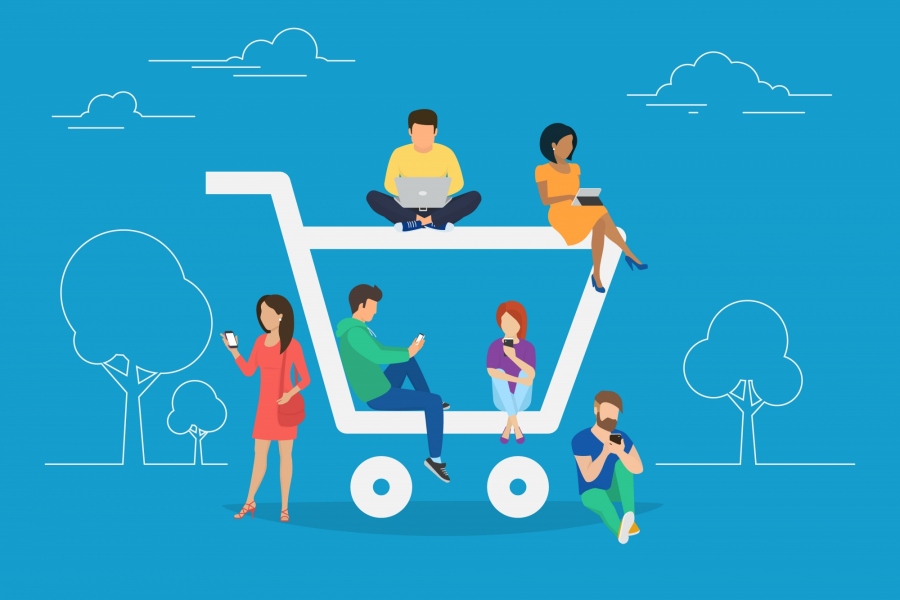Getting Equipped For The Future Of eCommerce

Each new year brings new challenges and data points, creating more questions for sellers. New and the flood of technology also brings anxiety. Which of these technologies is the right one to invest in?
Making smart investments means looking to the future, so you must consider many factors. Cost is one of the larger priorities, but support matters too. This look at technologies that are already in deployment may give some ideas on how to expand your technology with an eye for the next decade instead of the next year or two.
Expanding eCommerce businesses need to rely on more than a free payment processor. The costs don’t scale well as your profits rise. Good payment gateway solutions offer more than transactions. Invoice tracking, reporting and integration with mobile wallets give you multiple options to sell in-store or online.
Rather than shuffling customers offsite, to a different URL, you keep them on your website with a safe payment transfer hosted by a third party. The customer’s data is safe, and they can save their credentials for future orders.
Remember to look outside of banks as well. If you go directly to the payment processor itself, you can often get a better rate than buying through a middleman like a bank.
eCommerce relies on a good database as well as the products it offers. Knowing more about your customers helps you target new ones and better serve your existing customers. Cloud services, especially customer relationship management (CRM) software helps a great deal in handling all of the day-to-day challenges that crop up.
It’s easy to imagine an unhappy customer dealing with a long return process. With CRM, that same customer’s return experience can become a teachable moment for anyone along the supply chain and lead to meaningful adjustments.
Digital marketing has grown immensely in the past decade, and Forrester predicts that growth will near $120 billion in the next four years. There have been major advances in customer and competitive intelligence, and new ideas on how to sell downstream.
Gamification of the market has allowed businesses to find unique ways to reward customers for loyalty. Mobile apps, or offering coupons through existing mobile marketplaces, can be a good way to start building some traction for your business.
Local search is also expanding, especially among mobile users. Smartphone users may be searching for businesses like yours as they walk very close to your location. GPS has made location-based search far more accurate, so businesses with an eCommerce component can target these customers through search or paid advertising to get actual foot traffic.
As technology has grown, so has our bandwidth and capability of delivering high quality content quickly. Take advantage of all this speed with high-resolution photography of your products. Do not rely on demo shots from the vendor, unless they are extremely high quality and showcase the product accurately.
It’s best to take the shots on your own. A simple lightbox and a DSLR camera are enough to get started. Basic photo editing skills are useful, but not required. This particular tutorial is about Amazon product photography, but the same principles apply: good lighting, a nice background and the right angle.
Equipping your business for the future of eCommerce will mean taking advantage of these new innovations. If your website or content feels like it’s from the past decade, upgrade! Long term, these costs will almost always get made up by the returns.
